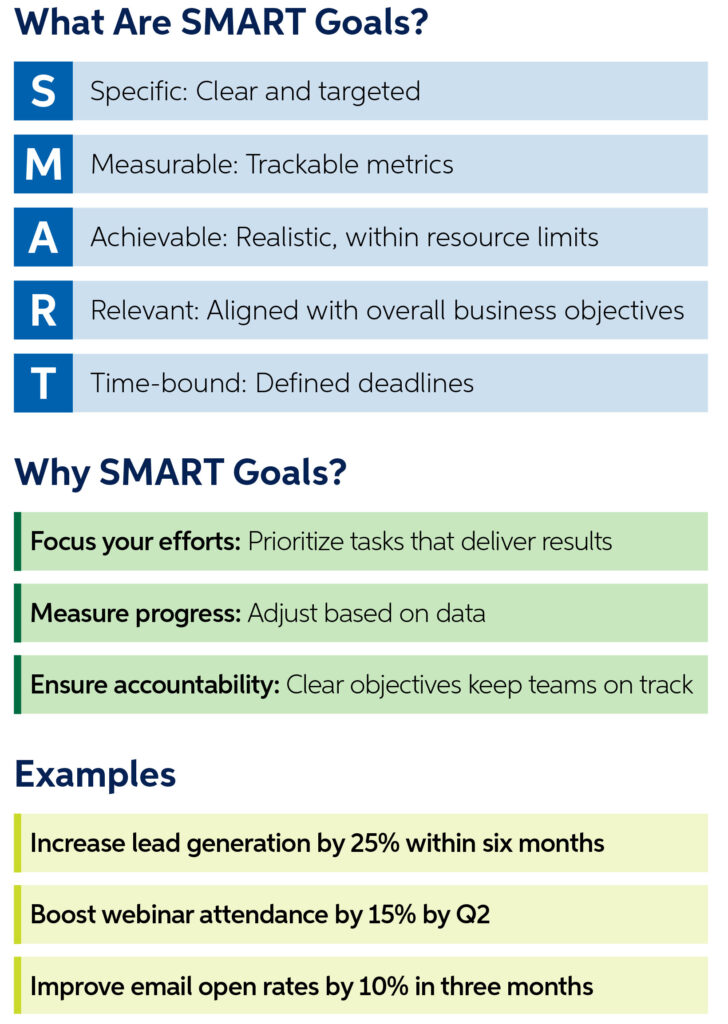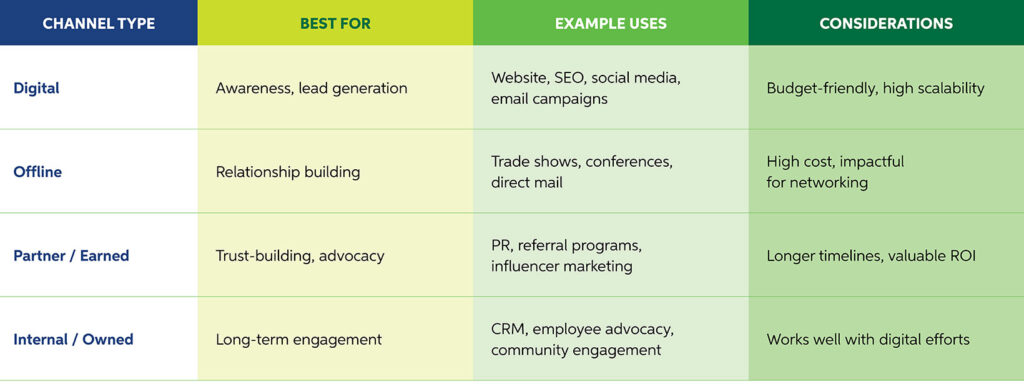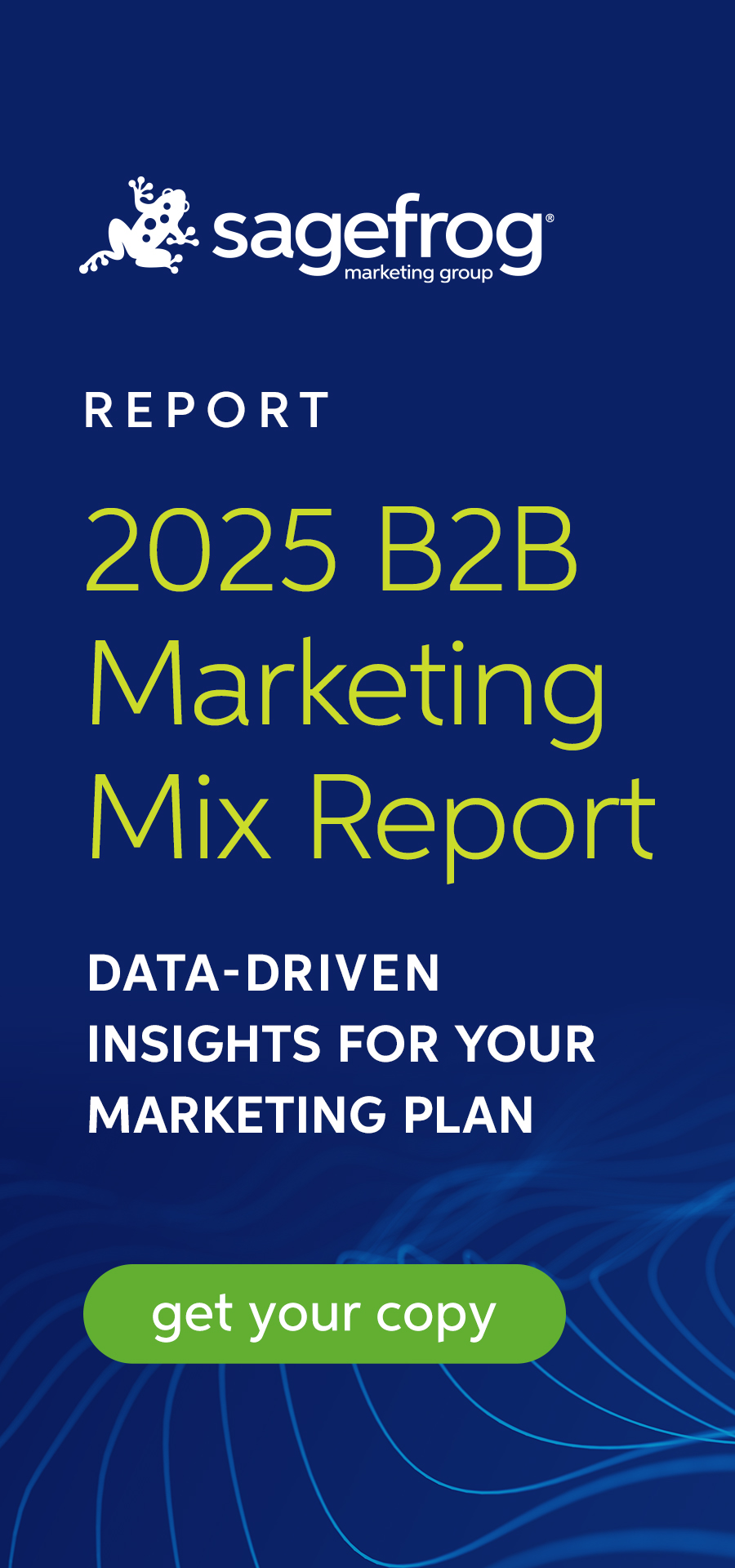Success in B2B marketing isn’t just about delivering the right message. It’s about delivering that message at the right time, through the proper channels, and in a way that resonates with key decision-makers. B2B buyers engage with brands across multiple platforms, making consistency and strategic coordination essential. Disjointed efforts can lead to mixed signals, missed opportunities, and weakened brand trust. An integrated marketing strategy addresses these challenges by creating a unified plan, ensuring every campaign, channel, and interaction works together to achieve measurable business outcomes.
Why Your B2B Business Needs an Integrated Marketing Strategy
B2B marketing is inherently complex, involving long sales cycles and multiple decision-makers across various departments. Without a unified approach, marketing efforts often become fragmented, creating inconsistencies in messaging and missed opportunities to engage potential customers. An integrated marketing strategy solves this by aligning all departments and channels under shared goals, ensuring that every initiative works toward the same objectives.
By integrating marketing, sales, and customer support, businesses can streamline communication and collaboration across teams, creating a seamless flow of information. This alignment ensures that prospects receive consistent messaging at every touchpoint, reinforcing brand credibility and fostering trust. When marketing and sales work together, businesses can more effectively nurture leads, moving them through the pipeline and turning prospects into long-term customers.
Integrated marketing also eliminates redundancies and focuses resources on tactics that drive results. By connecting efforts across digital, offline, and partner channels, businesses can maximize their return on investment, improve campaign performance, and achieve sustainable growth. The strategy streamlines operations and delivers measurable results by enhancing lead quality, increasing conversions, and creating a stronger, more cohesive customer experience.
Steps to Build a B2B Integrated Marketing Strategy
Building a B2B integrated marketing strategy requires a structured and comprehensive approach. From goal setting to channel selection, every step ensures that your marketing efforts work seamlessly toward achieving business objectives.
Define Goals
Defining your goals is the foundation of any successful strategy. Without clear objectives, your efforts risk being scattered and unproductive. Setting SMART goals—specific, measurable, achievable, relevant, and time-bound—provides direction and accountability for your team.
The importance of SMART goals lies in their ability to break down complex objectives into actionable steps. For example, instead of vaguely aiming to “increase brand awareness,” a SMART goal would be to “increase LinkedIn engagement by 20% over the next quarter.” This structure allows for better tracking and adjustments along the way.
Understand Your Target Audience
Knowing your audience is critical to delivering the right message at the right time. Begin by creating detailed buyer personas that outline key traits, pain points, decision-making factors, and communication preferences. These personas help you target the right audience segments and create content that resonates.
Once you establish personas, map the buyer’s journey to understand how prospects move from awareness to decision-making. Each buyer’s journey stage presents opportunities for tailored messaging and strategic outreach, ensuring you reach potential buyers with relevant content that guides them through the sales funnel.
Craft a Unified Value Proposition
A unified value proposition articulates why your offering is valuable and what differentiates you from competitors. It is the backbone of your messaging strategy and must remain consistent across all marketing channels.
Develop a strong, clear message that communicates your value succinctly. At the same time, consider the specific needs of different segments. Tailor your messaging while ensuring that all communications reflect your core brand identity. For example, messaging for a C-suite audience may highlight ROI and strategic benefits, while content for technical users might focus on product specifications and ease of use.
Choose the Right Channels
Selecting the proper marketing channels is critical to ensuring your message reaches the right audience. An integrated strategy combines digital, offline, partner, and owned channels based on your target audience’s preferences and the campaign’s goals.
Align Sales & Marketing Teams
Sales and marketing alignment is essential for an integrated strategy. When both teams share a common understanding of the target audience and key performance indicators, they can collaborate effectively.
To foster collaboration, create shared goals and metrics that allow both teams to measure progress and adjust tactics. Establish regular communication channels, such as joint meetings and shared CRM tools, to keep feedback loops open.
Create a Content Marketing Plan
Content drives engagement, builds trust, and helps move prospects through the buying process. A well-structured content marketing plan includes a variety of content types tailored to different stages of the buyer’s journey. There are several types of content that resonate with a B2B audience you may want to prioritize.
- Educational content: Whitepapers, eBooks, blogs, and webinars
- Case studies and success stories: Real-world examples that demonstrate the value of your solution
- Thought leadership: Research reports, opinion pieces, and industry trend reports
- Visual and interactive content: Infographics, videos, and tools like ROI calculators or interactive quizzes
- Product-focused content: Demos, FAQs, and data sheets
To maximize impact, focus on content personalization and SEO optimization. Personalized content improves engagement, while SEO ensures that your content ranks well and attracts organic traffic.
Leverage Marketing Technology
MarTech solutions like marketing automation platforms, CRMs, and analytics tools enable B2B marketers to unify efforts and measure performance. These tools streamline workflows and enhance decision-making by automating repetitive tasks and providing actionable data.
Marketing technology allows businesses to track user behavior, measure campaign performance, and identify opportunities for improvement, making it a vital component of any integrated strategy.
Launch Multi-Channel Campaigns
Integrated campaigns should maintain a consistent message while leveraging the unique advantages of each channel. For example, a LinkedIn ad may promote a webinar, while email marketing provides detailed follow-up information. Ensuring that online and offline campaigns are connected maximizes their effectiveness.
Measure, Analyze & Optimize
A successful strategy is rooted in continuous improvement. Track key performance indicators like lead conversion rates, cost per lead, and campaign ROI. Regularly analyze results to identify areas for optimization and use this feedback to refine your future efforts.
Why B2B Integrated Marketing is Essential
An integrated marketing strategy turns fragmented efforts into a unified, results-driven engine. In B2B especially, this integration eliminates inefficiencies and ensures every touchpoint works toward the same goal. It aligns your messaging, channels, and teams to create seamless customer experiences and drive meaningful business outcomes.
Without integration, marketing risks sending mixed signals, wasting resources, and falling short of its potential impact. With it, businesses can deliver personalized, consistent messaging that resonates across channels, converts leads more efficiently, and builds lasting customer relationships. At the end of the day, it’s not just about strategy, it’s about creating a marketing ecosystem where every action is intentional and contributes to measurable growth.
Ready to put this into action? Contact Sagefrog to develop a fully integrated marketing plan tailored to your business needs.
Subscribe to our blog for more insights, tips, and resources.



